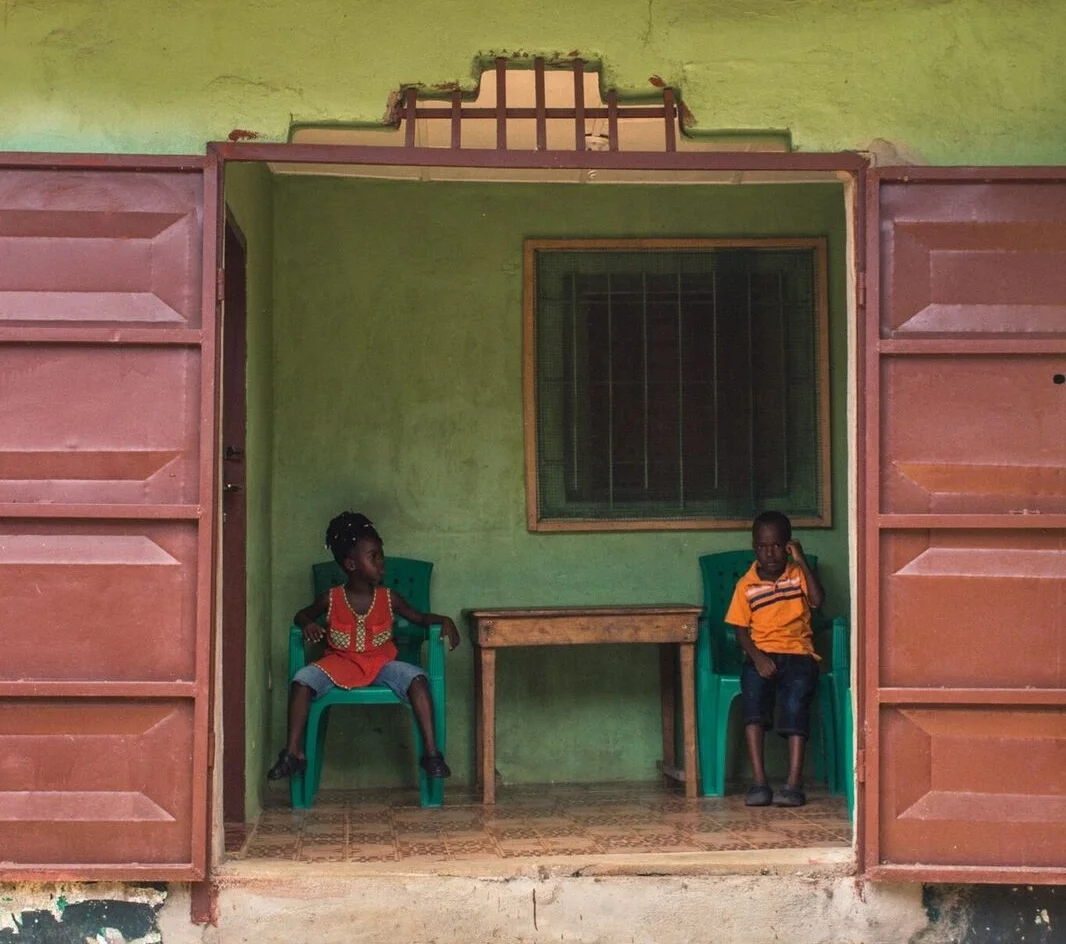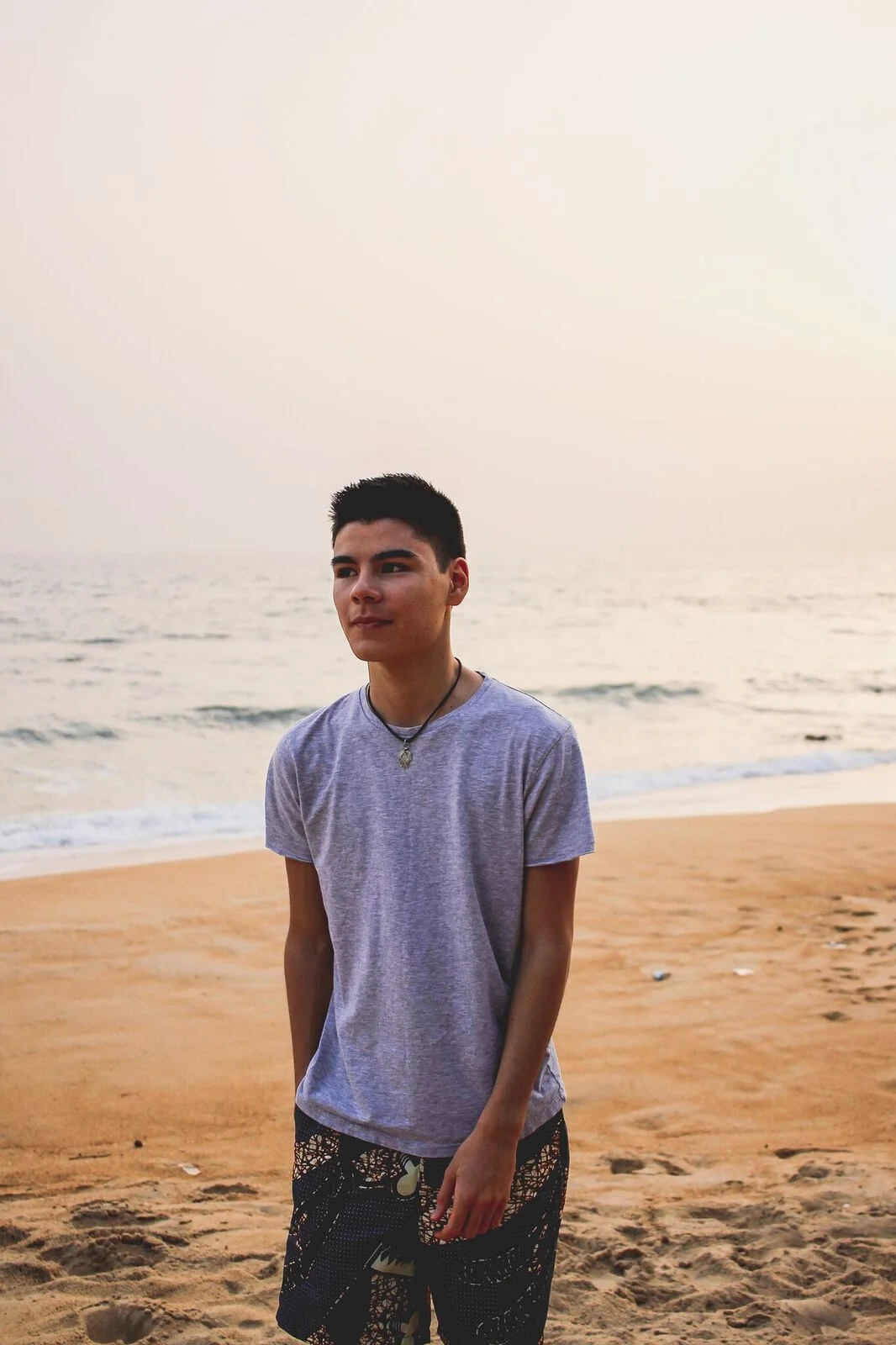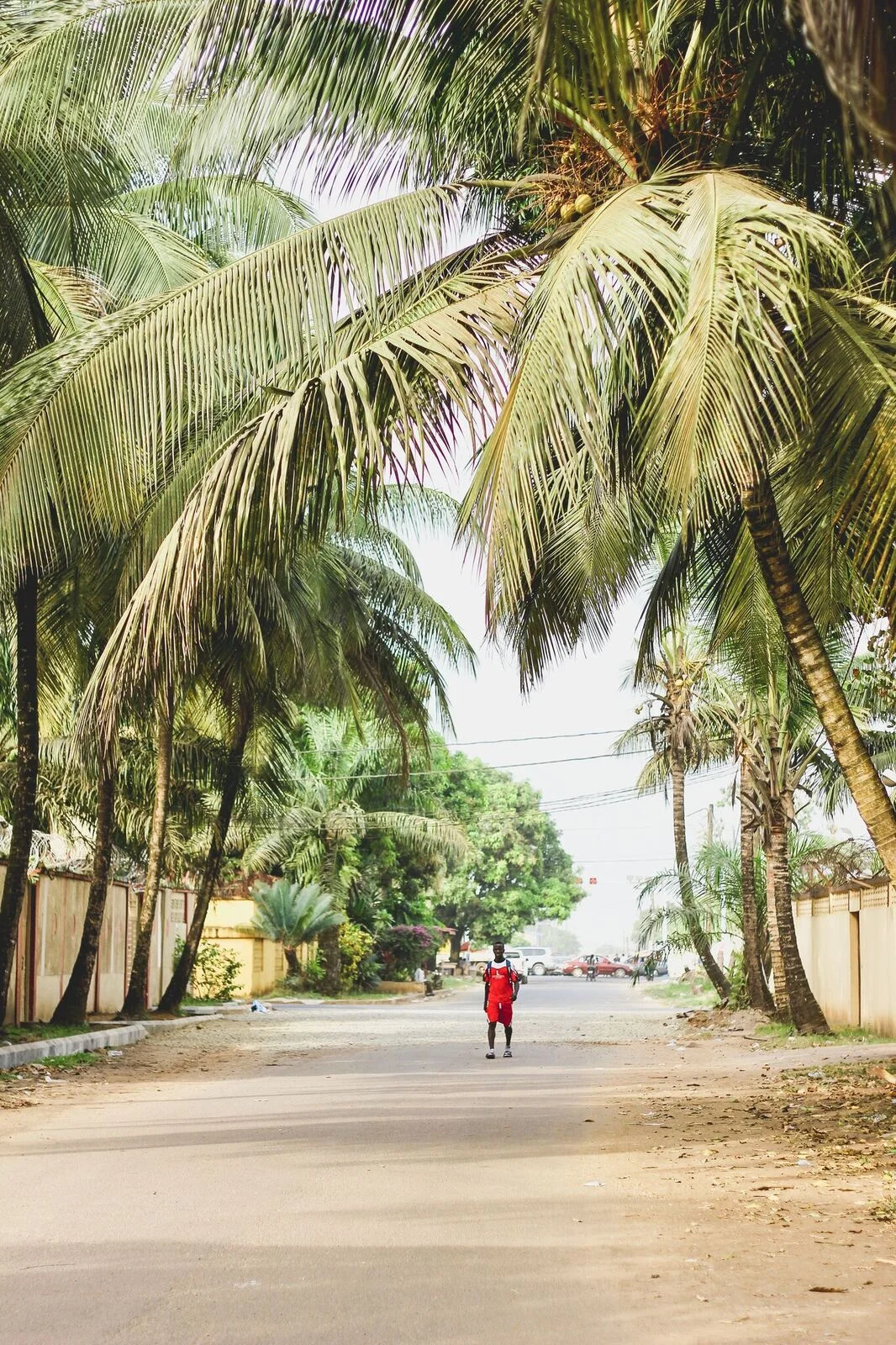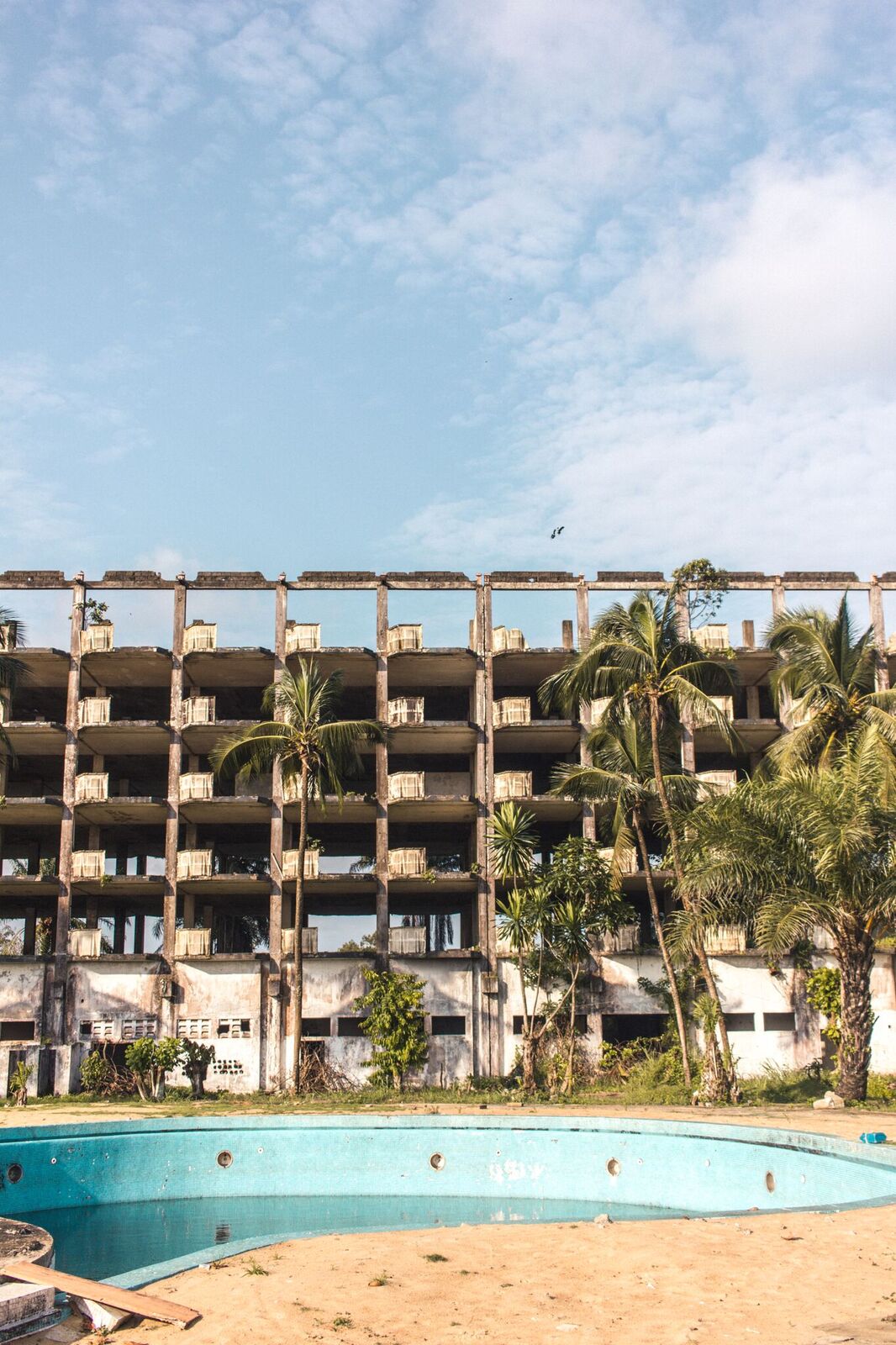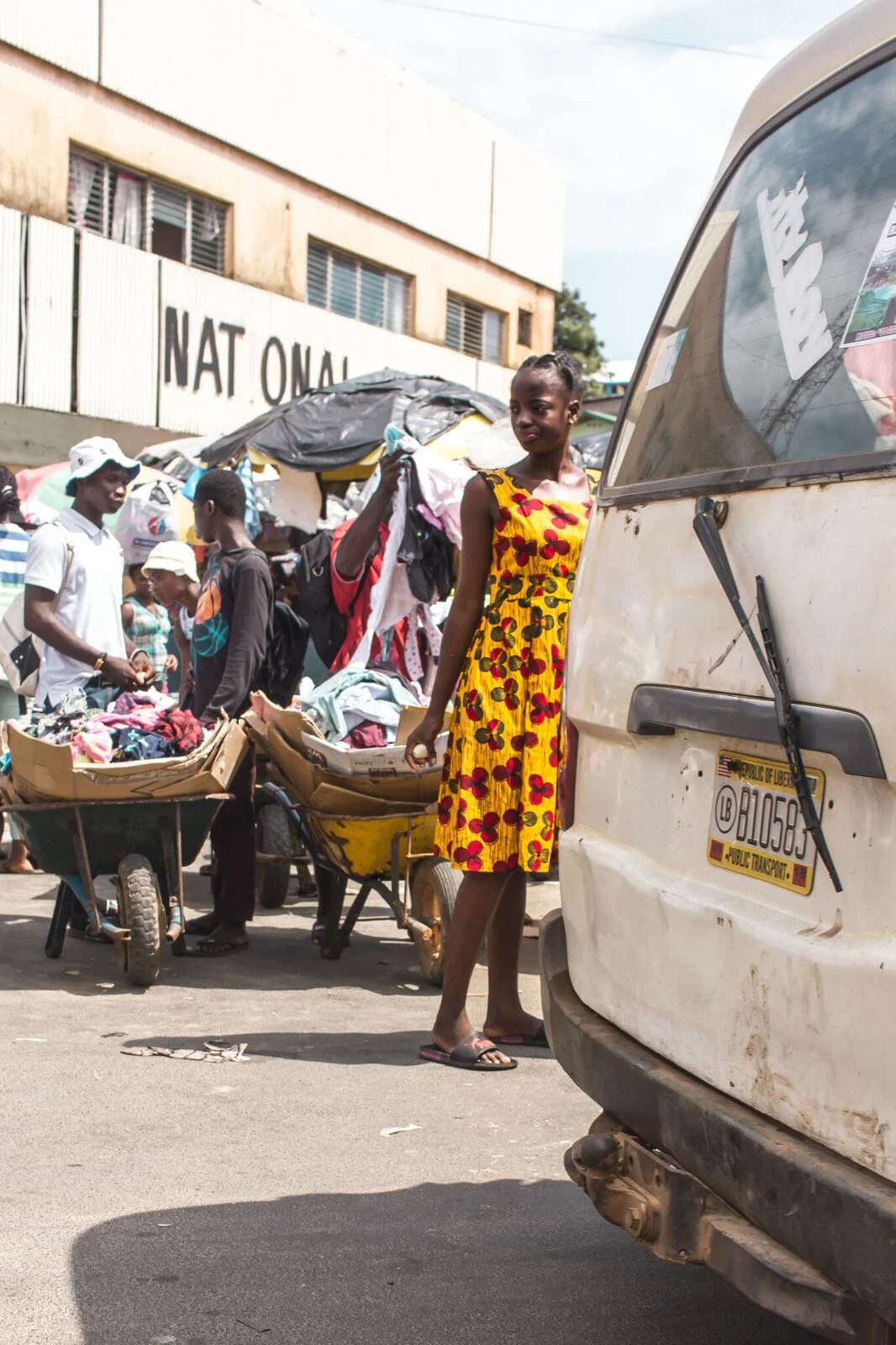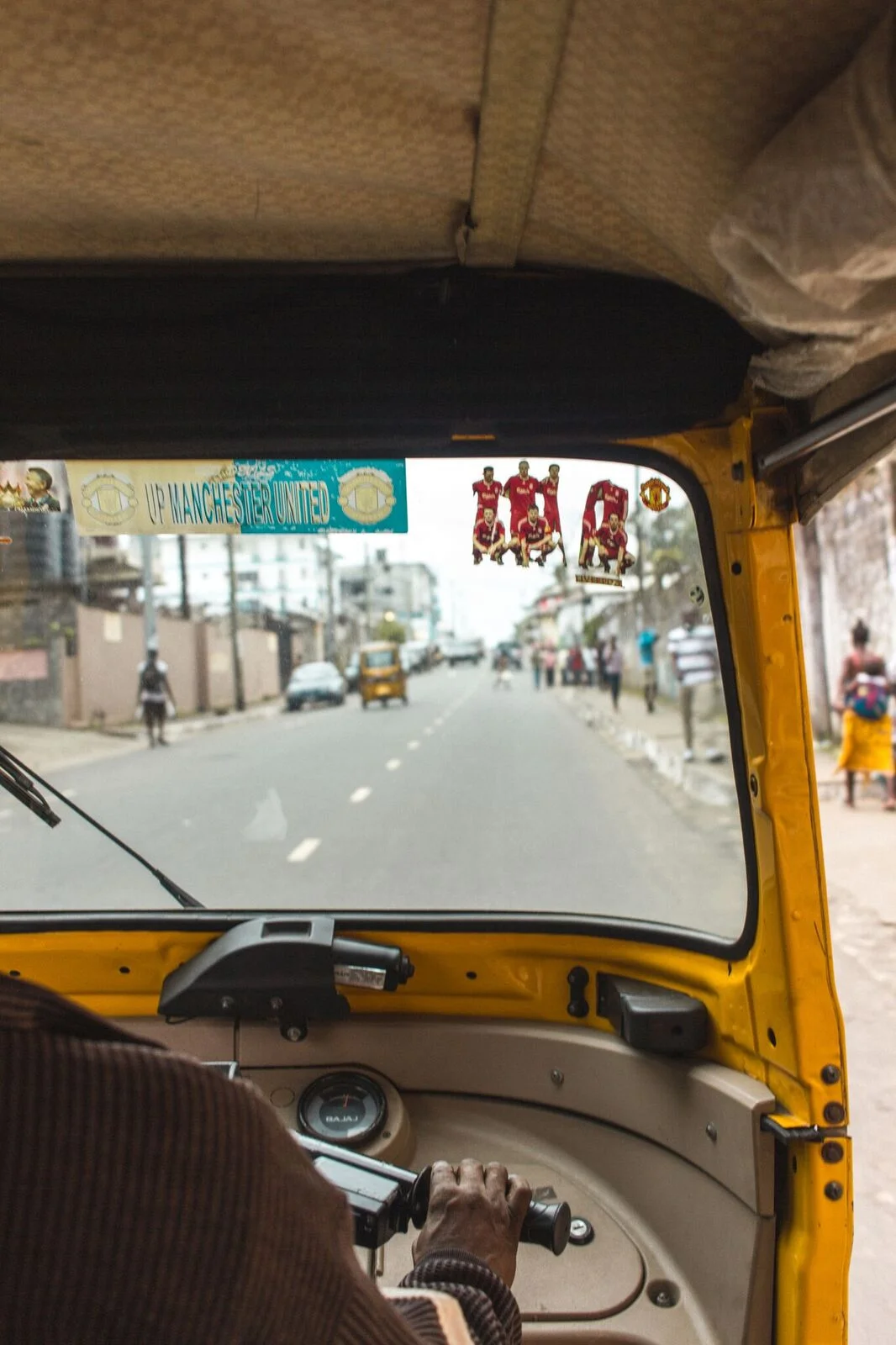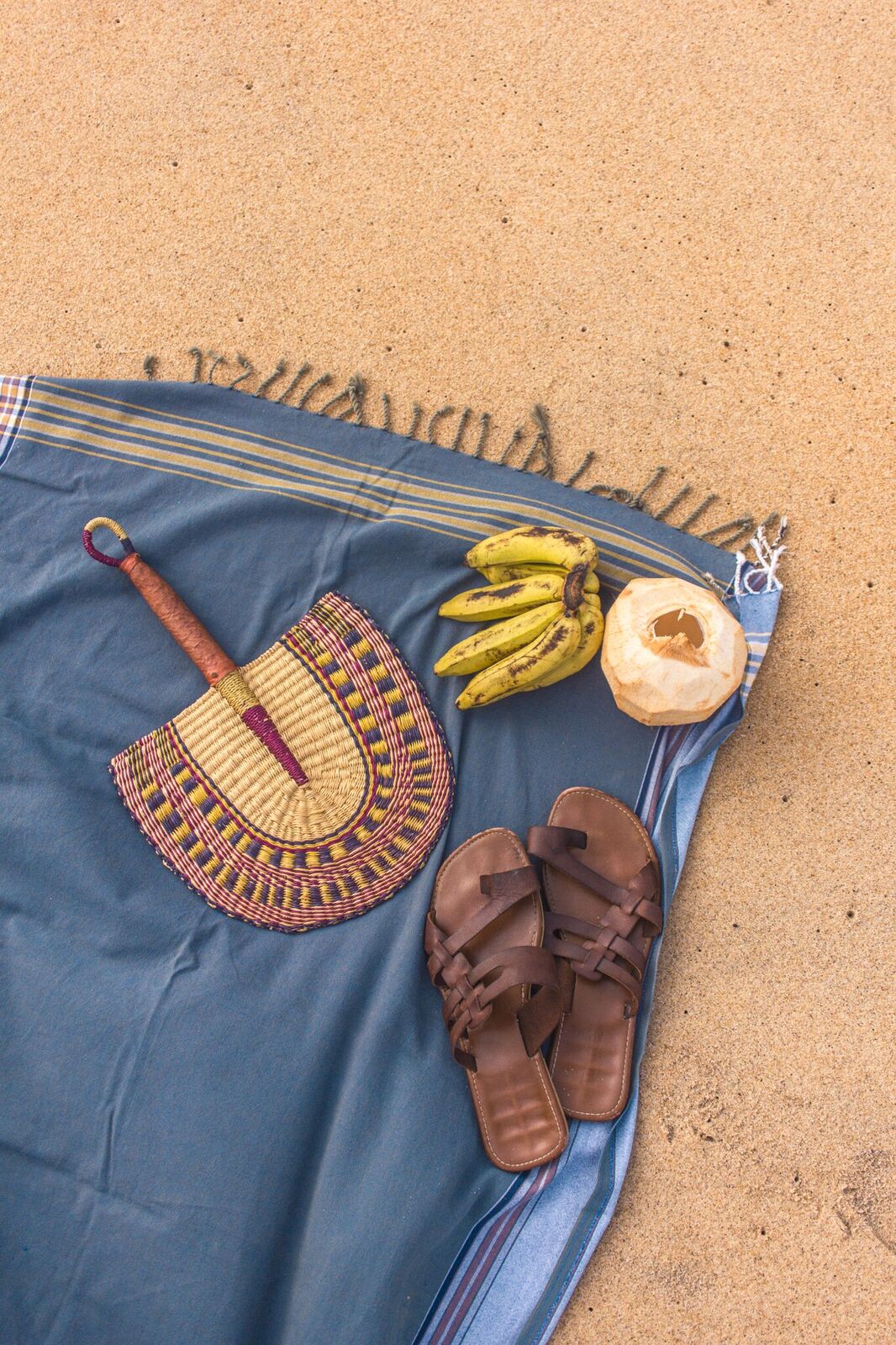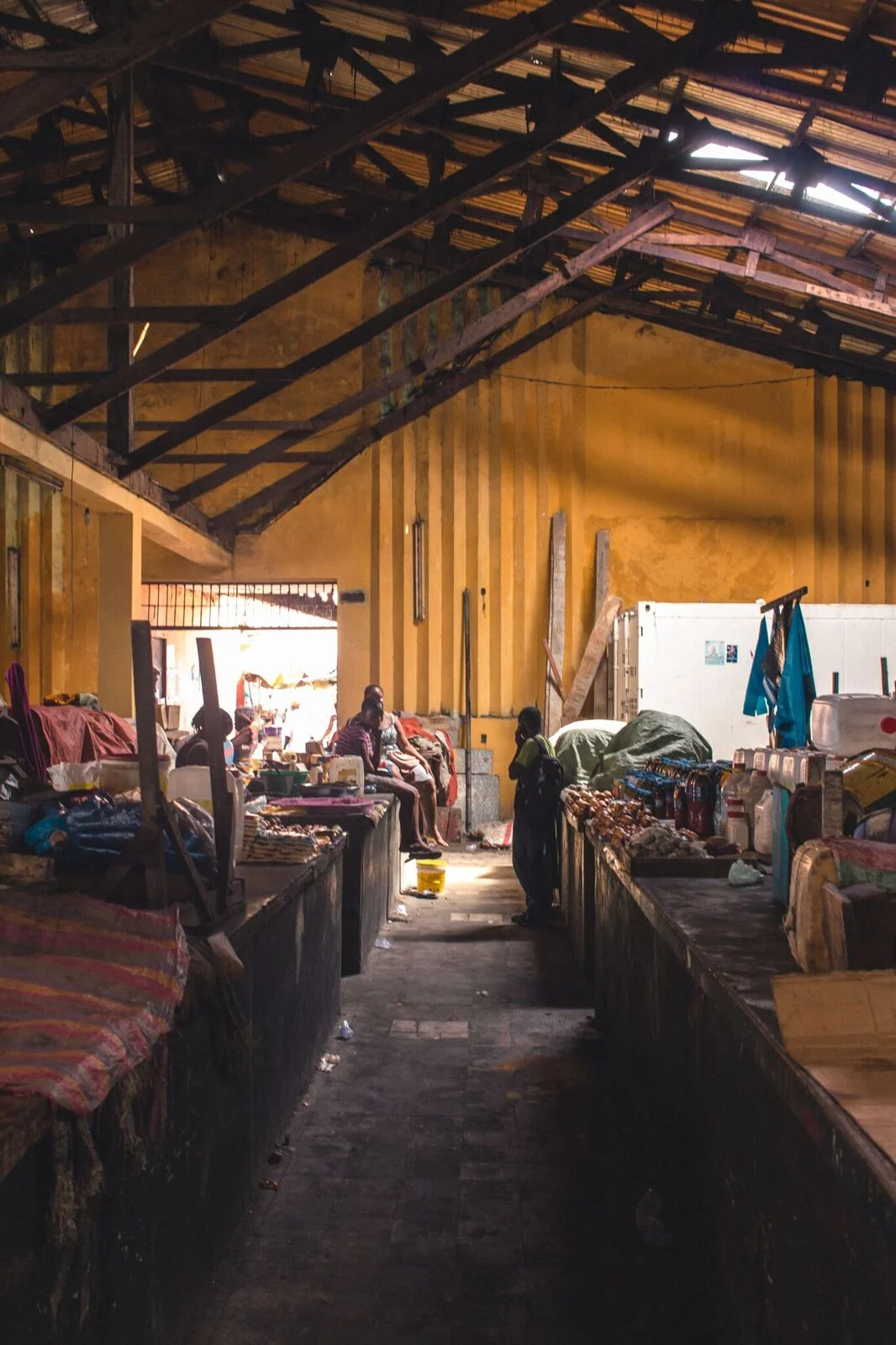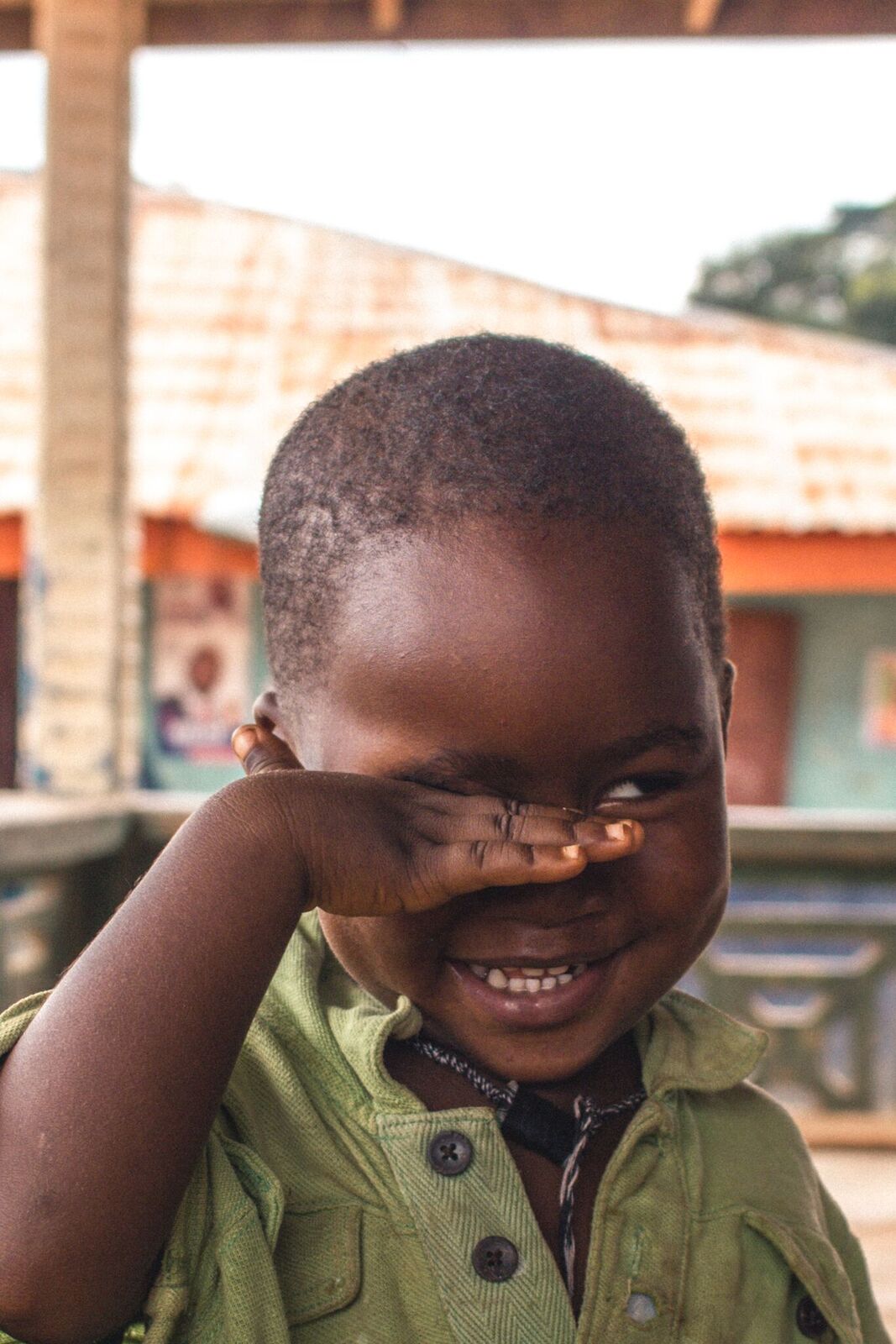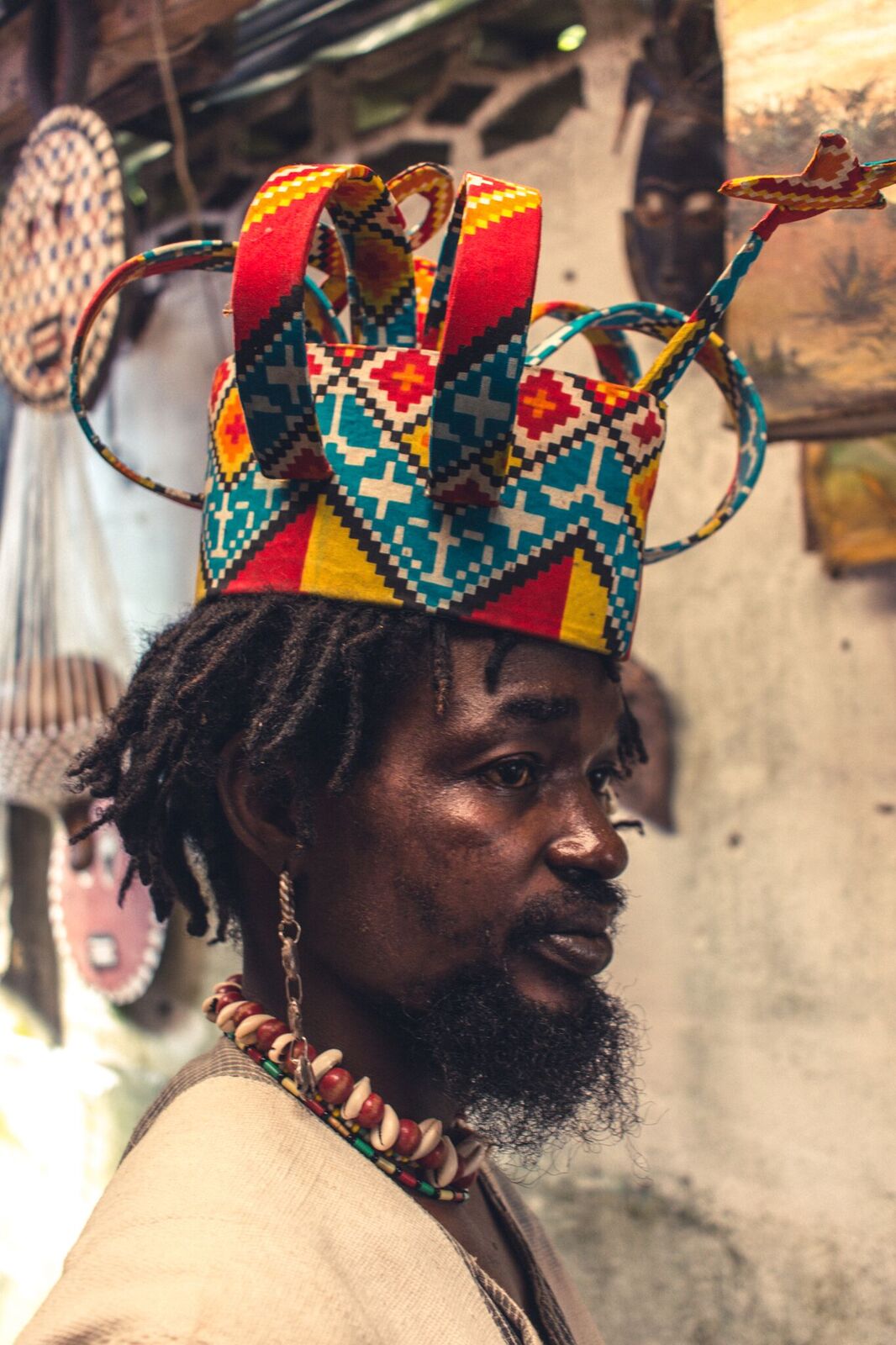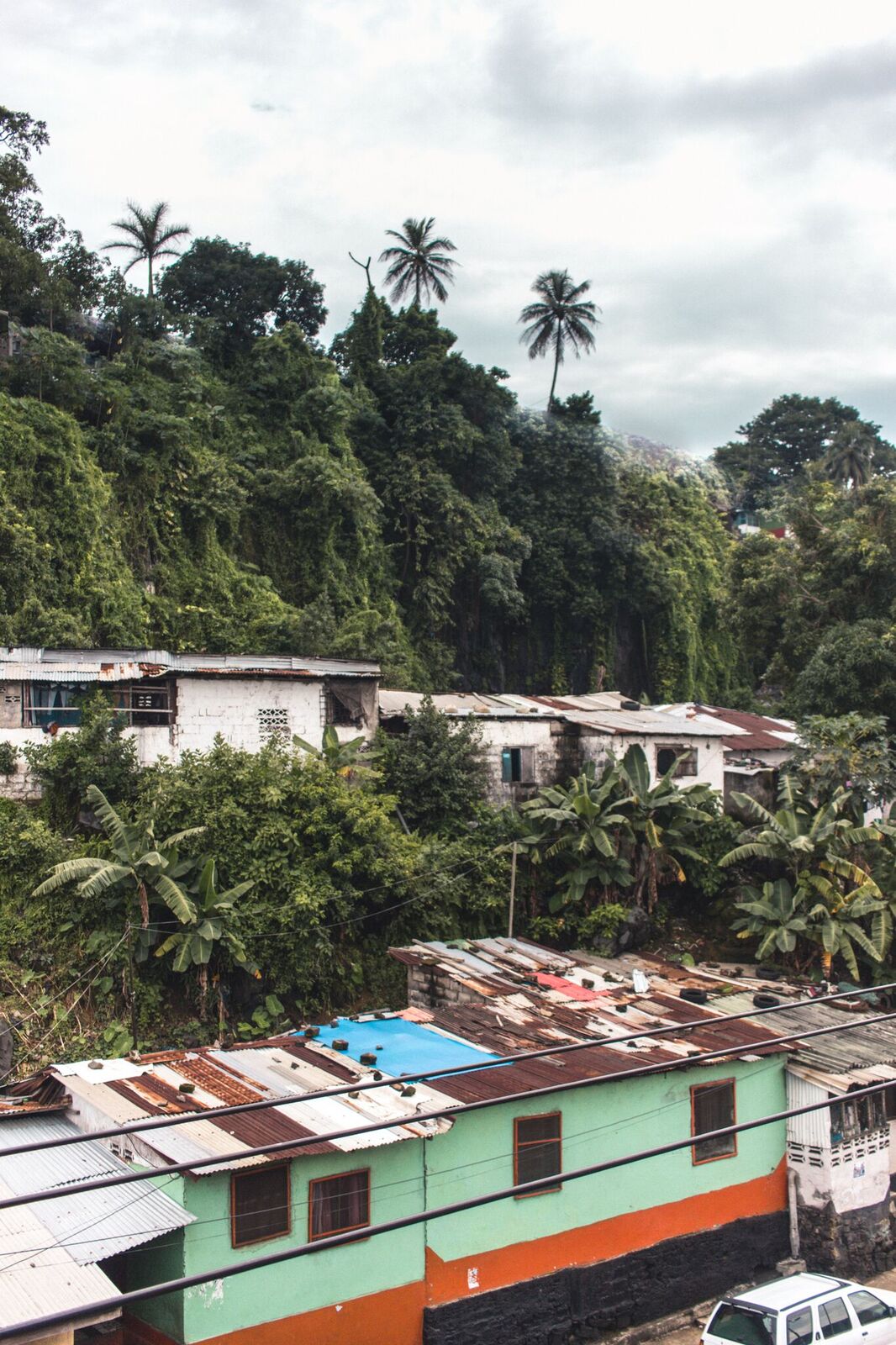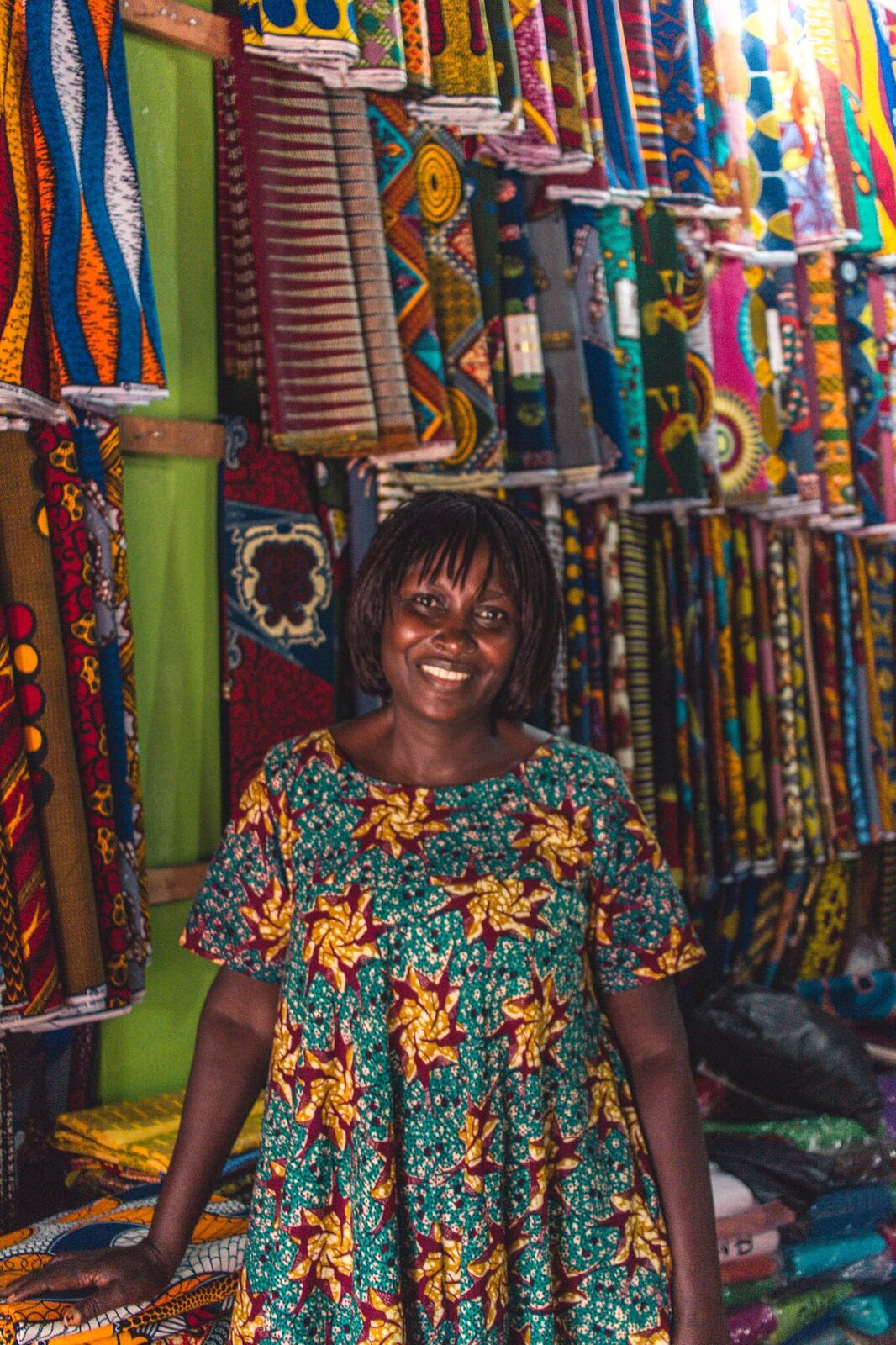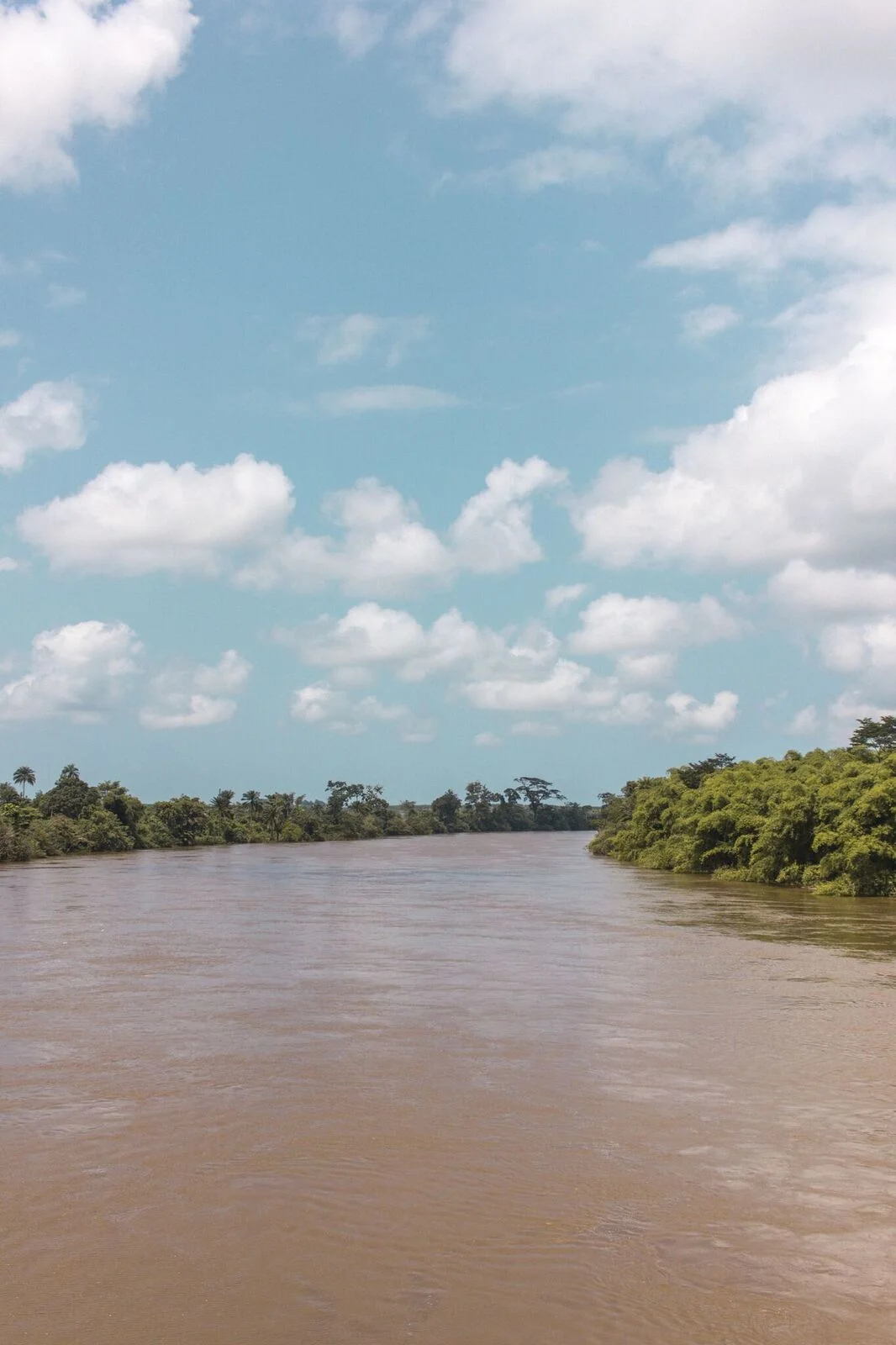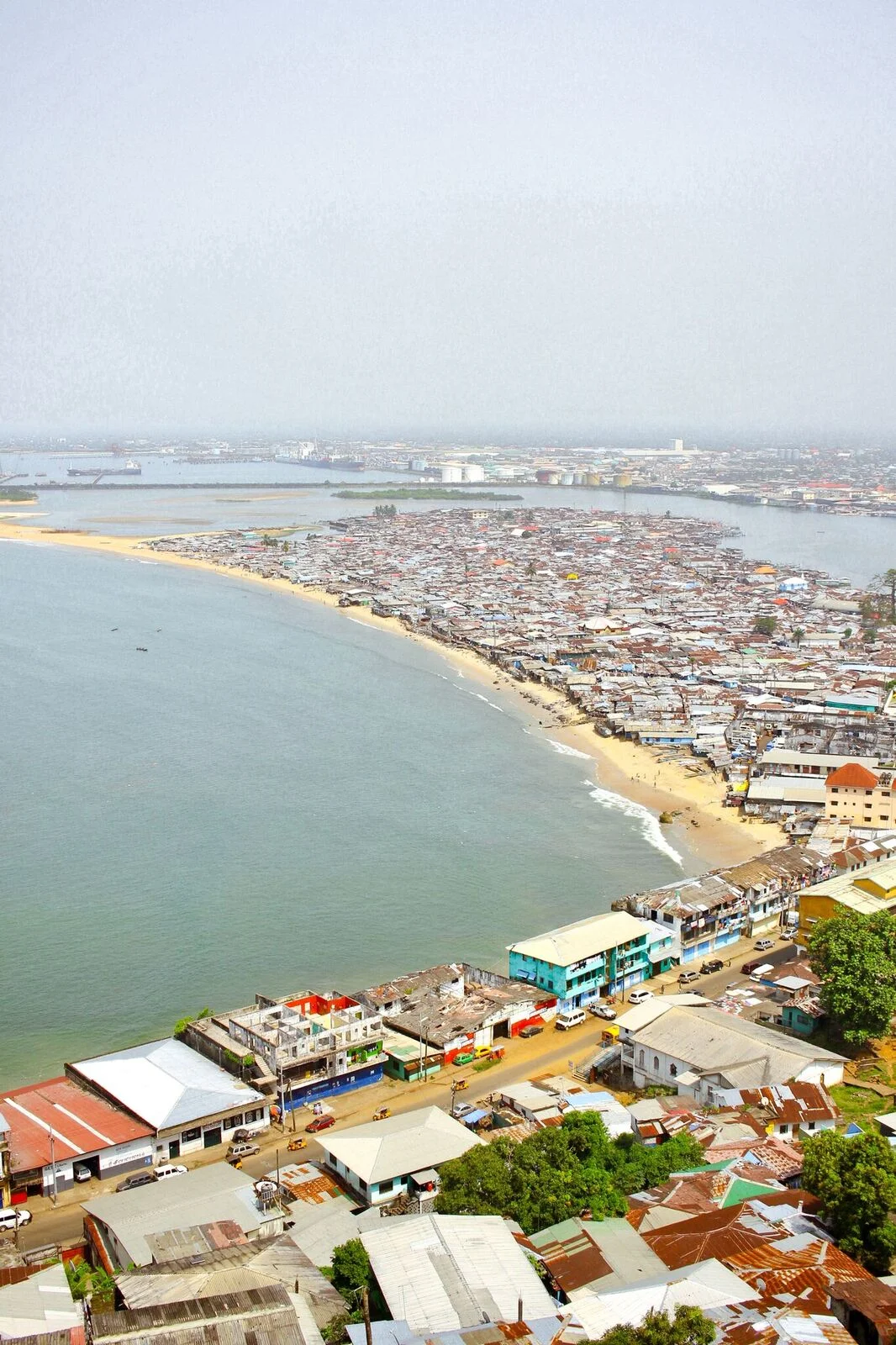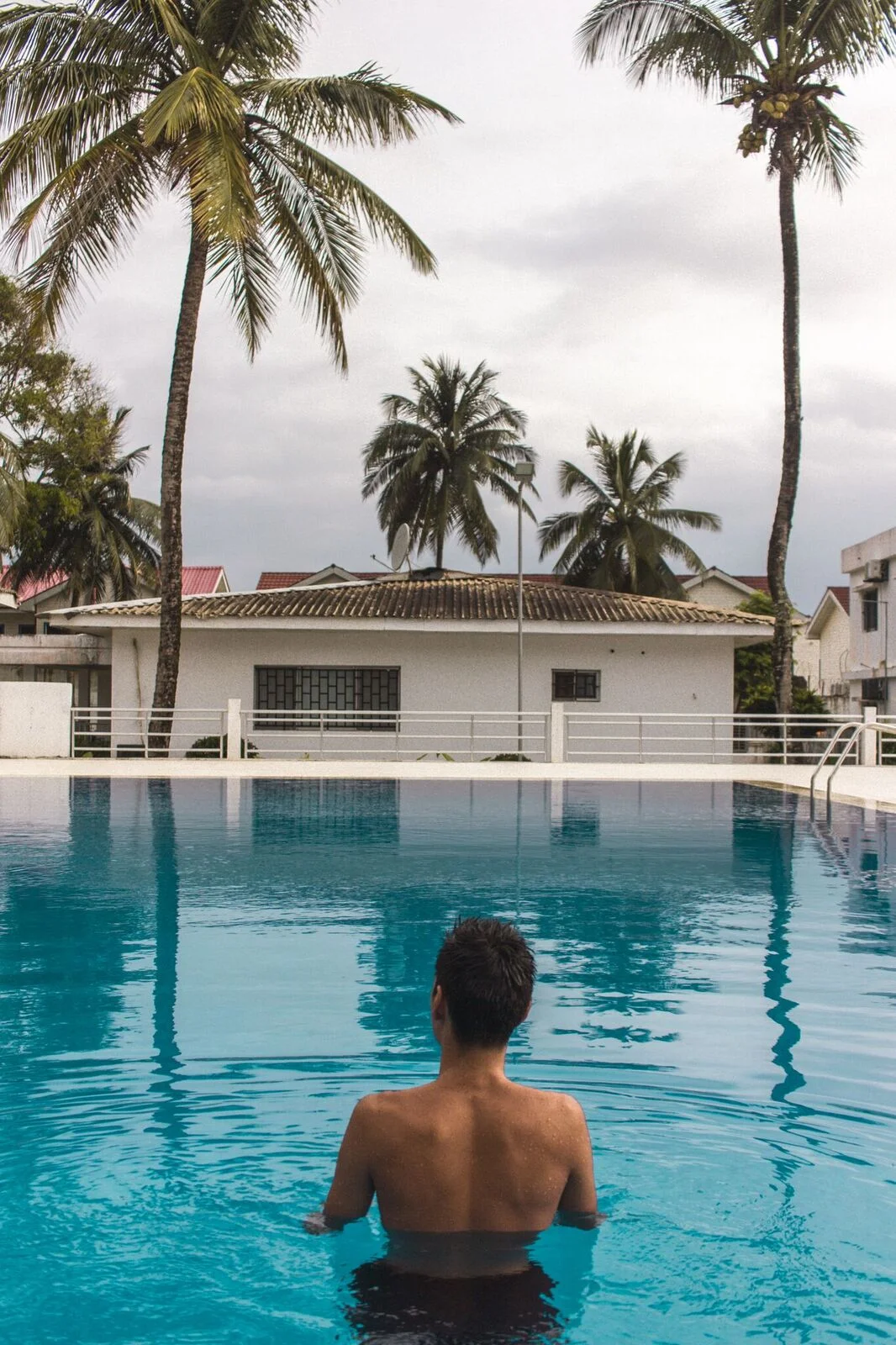College student Matthew Dea's fascinating personal geography has lead him to various corners of the globe; including the United States, Southern and Eastern Africa, and recently Liberia. Read on as he reveals the unknown treasures and beauties of Monrovia.
Introduce yourself!
My name is Matthew Dea and I’m currently a student in Central California. I started traveling when I was very young, and I continue to travel now, using all my school breaks to explore the world. I grew up in Africa (Uganda, South Africa, and Botswana) so I think I have a unique perspective on the world. One of my deepest passions is promoting African tourism and encouraging other travelers to visit non-typical destinations. Sure, London, Paris, and Thailand are great places, but I think there is something special about traveling to places such as Liberia, Laos, and Kosovo, for example.
What sparked your interest in photography, and how does it influence the way you travel and see the world around you?
I got my first camera when I was around 10 years old, and haven’t stopped taking pictures since. As I got older, I started taking photography more seriously. Now I travel to take pictures, instead of passively taking pictures while traveling. This has been very exciting and satisfying.
With the invention of social media, I think the dynamic of photography has changed entirely. More and more people are becoming self-proclaimed photographers – and I think that’s great. There’s a huge community of Instagram travel photographers that anyone with a camera and passion for travel can tap into.
How has your mixed heritage and experience growing up in Africa affected your interest in travel?
I come from a mixed Romanian and Chinese heritage, born in the United States but raised in Africa. I think the world is small, and now I have friends living in virtually every corner of the globe. I won’t hesitate to pick up my passport and visit someone on a different continent on a whim! That being said, there are still so many places I haven’t been to, and my love for Africa gets bigger with every day I’m not there. Some destinations that are next on my list are Mali, The Sossusvlei (Namibia), and Madagascar.
What brought you to Liberia, and to Monrovia specifically? Which cities/regions have you visited?
My mother lives and works in Monrovia, Liberia, so I took some time to visit her. I had been there once before, but it was brief. I feel like this time I really got to explore Monrovia and the surroundings. One day, we went to a village in the north that’s on the border with Sierra Leone. I also went to Buchanan and Marshall, which are really small towns on the coast just south of Monrovia. Most names in Liberia are of American origin because the country was established by freed slaves, who brought over some American influence.
The next time I go to Liberia, I want to go to Sapo National Park. It’s around a full day’s drive from Monrovia and is one of the areas with the highest mammal biodiversity in the world! Going here is considered “extreme adventure tourism” since there are absolutely no tourist facilities.
What is life like in Monrovia? What might surprise people about the region?
I only spent one month in Liberia, but I have some idea of what life is like. There’s a lot of history in Monrovia, and I recommend that you do some research before you go, and try understand what happened after the year 1822 when settlers came on ships. Monrovia is smaller compared to other African capital cities, so one would find the city quite manageable. There are definitely the tropes of Africa there, though. I won’t get into those, because when coming here you should have some idea of what to expect. It’s not exactly the first-time-in-Africa safari destination, but it has all that if you know where to look.
I think some people would be surprised that the food scene is amazing! There are all kinds of world cuisine and some pretty fancy places.
Please share the story behind your favorite image that you’ve captured in Monrovia.
This a picture of a boy who lives in Jene Wonde, Liberia. I really like the story behind this picture and the events that happened this day! My mom and I visited Jene Wonde, where she has close relationships with the “chief” and the children. I walked around the clinic and some of the houses and suddenly I was surrounded by curious kids interested in me and my camera. This boy wanted a picture, and then all the rest wanted a picture too. So I took around 80 pictures of all the kids. When I came back to the United States, I printed them out, and gave them to my mom to give to the children when she goes back to the village.
What are some recommendations you have for future travelers to Monrovia (places to go, things to see, foods to eat etc.)
Things to do: Ducor Hotel (abandoned luxury hotel with amazing views of Monrovia), Waterside Market, beaches (Golden Beach, Libassa, Kendeja resorts), explore interesting architecture downtown
Restaurants to try: The Living Room, Ragazzi, Mama Susu, Anglers, Golden Beach (traditional country food, such as palm butter and potato greens, is delicious!)
Are there any misconceptions about Monrovia, or Liberia more broadly that you’d like to address?
Unfortunately, Liberia is mostly known by outsiders for Ebola and civil wars. Ebola is no longer present and the civil war ended over a decade ago. The long-term effects can still be seen in the country, but Liberia is very peaceful now. You won’t get Ebola when you go there, and it makes me sad that some people still ask me this. Do your research, understand the situation, and you’ll be fine.
What are some struggles you have encountered during your time in Monrovia? How do you overcome them?
One of my biggest challenges as a photographer in Liberia was the general hesitation towards cameras. I understand this – Liberia got a bad reputation in the media from photographers and journalists (mostly white) who documented the civil wars and Ebola. My intention was not to portray Liberia in a bad way, but rather in a positive light. As a result, most of the people I took portraits of were people I knew. The lady who sells me fabrics, my clothing tailor, some friends, and the children I met in the village – these are all people I met and took pictures of.
What’s next for you?
Right now, I’m focusing on getting my degree, and considering changing my career direction. I want to save up some money to get a new camera and improve my skills. But of course, I’m still going to continue to travel with every chance I get!
To see more of Matthew's work, be sure to check out his Instagram @mattsjunk and his blog matthewdea.com
Images courtesy of Matthew Dea
DID THIS STORY INSPIRE YOU?
If you enjoyed this piece and would like more content like this, please consider a donation to Spirited Pursuit.

